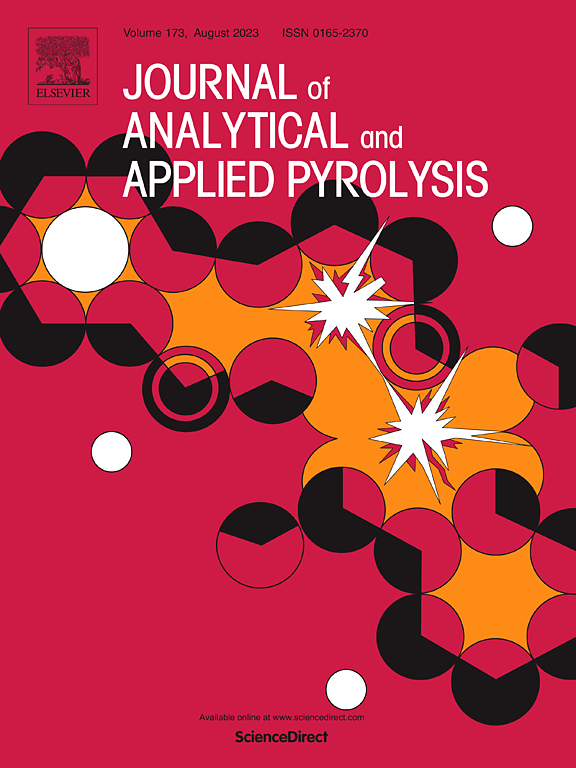Carbon dioxide-assisted aqueous pyrolysis of heavy oil in the presence of oil-soluble catalysts and sodium nanoparticles
IF 5.8
2区 化学
Q1 CHEMISTRY, ANALYTICAL
引用次数: 0
Abstract
The CO2-assisted aqueous pyrolysis of heavy oil in the reservoir formations is one of the most promising methods to enhance heavy oil recovery and utilize carbon dioxide into value-added products. The study examines the performance of the oil-soluble catalysts and dispersed sodium nanoparticles on the upgrading degree of heavy oil and carbon dioxide hydrogenation degree. Various analytical tools such as SARA analysis, viscosity measurements, elemental analysis, gas chromatography, spectroscopy-based analysis methods (EPR, GC-MS and FT-IR analysis) were employed to evaluate the upgrading efficiency of the synthesized catalysts. The relative content of the evolved CO2 in the presence of Fe-Na nanoparticles was reduced from 78 % (blank) to 31 %, while the sum of C1-C5 n-alkanes was increased from 9.2 % to 41.6 %. The Ni-Na nanoparticles exhibited high activity on destructive hydrogenation of resins and asphaltenes such that reduced the mass ratio of heavy fragments by 35 % and increased the mass content of light fractions by 21 %. The CO2-assisted aqueous pyrolysis of heavy oil in the presence of sodium-promoted transition metal oxides and sulfides contributed to the viscosity reduction by 89 %. Taken together, we have found a cutting-edge solution for carbon dioxide utilization and obtained comprehensive experimental results for upgrading of heavy oil in-situ.
求助全文
约1分钟内获得全文
求助全文
来源期刊
CiteScore
9.10
自引率
11.70%
发文量
340
审稿时长
44 days
期刊介绍:
The Journal of Analytical and Applied Pyrolysis (JAAP) is devoted to the publication of papers dealing with innovative applications of pyrolysis processes, the characterization of products related to pyrolysis reactions, and investigations of reaction mechanism. To be considered by JAAP, a manuscript should present significant progress in these topics. The novelty must be satisfactorily argued in the cover letter. A manuscript with a cover letter to the editor not addressing the novelty is likely to be rejected without review.

 求助内容:
求助内容: 应助结果提醒方式:
应助结果提醒方式:


